Remote diagnosis
Using telemedicine, physicians can diagnose autism at a distance almost as well as they can in person, reports a new study published 19 July in Telemedicine and e-Health.
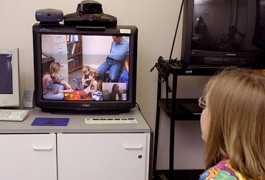
Using telemedicine, physicians can diagnose autism at a distance almost as well as they can in person, reports a new study published 19 July in Telemedicine and e-Health.
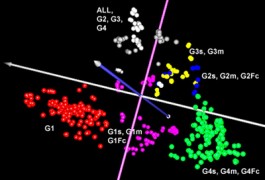
Researchers can increase the power of studies that link genetic variants to autism by factoring in potential subgroups of the disorder, according to a report published 26 June in PLoS One.
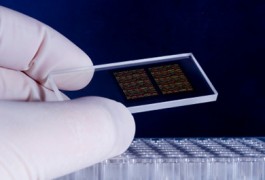
A new clinical test for duplications or deletions of chromosomal regions is customized to detect more than 380 known changes, including many that are linked to autism. The method was published 24 June in the American Journal of Medical Genetics Part A.

A global approach to understanding autism that respects the uniqueness of different communities is not a choice, but a necessity, says Mayada Elsabbagh.

The majority of people lacking a functional copy of the SHANK3 gene have both autism and severe intellectual disability, according to a study published 11 June in Molecular Autism.
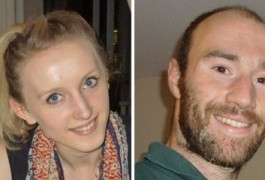
There is usually an implicit assumption that autism tests measure the same traits in the same way across individuals with and without a clinical diagnosis of the disorder. But that may not be the case, say Aja Louise Murray and Tom Booth.
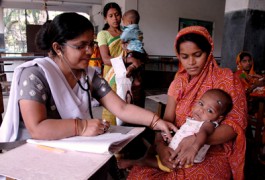
Few studies of autism prevalence have been conducted in low- and middle-income countries. Freely available screening and diagnostic tools could help address this disparity.
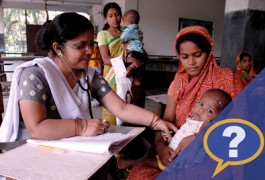
Discrepancies in global wealth create hurdles for autism diagnosis, treatments and cross-cultural research. How can open-access tools fix the problem?
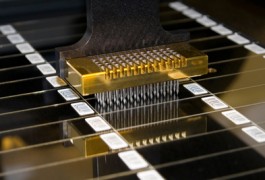
Screening the genome for small chromosomal abnormalities may identify potential genetic causes of autism or intellectual disability in 16 percent of children tested, according to a study published 24 May in the European Journal of Paediatric Neurology.
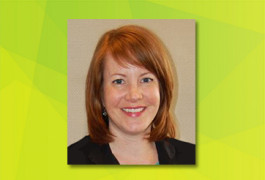
As clinicians adopt the new criteria for autism, the many tests now used to diagnose the disorder may need to be modified, says Amy Esler.